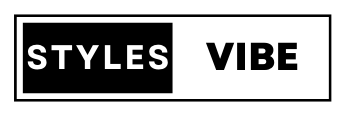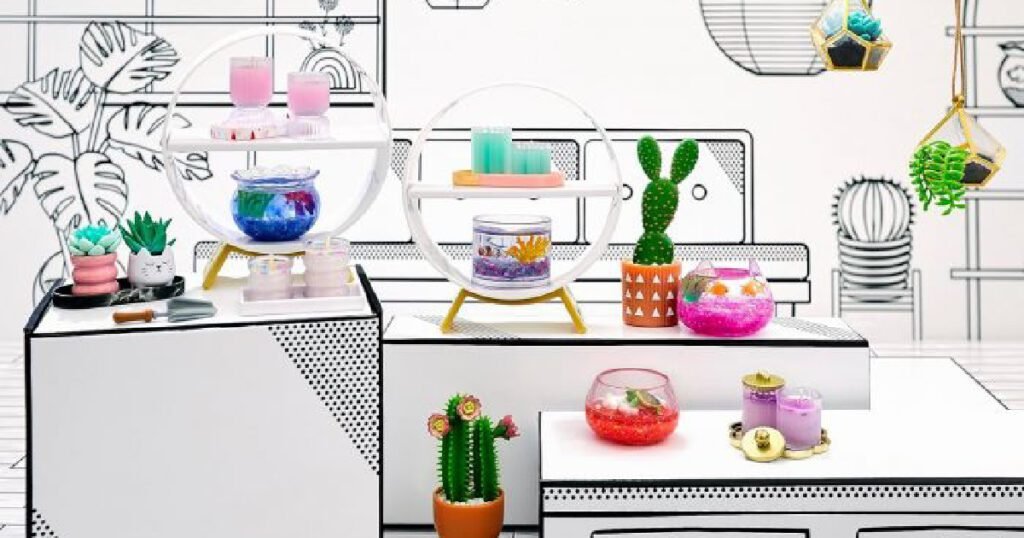If you’re a healthcare worker, you already know that your scrubs uniform isn’t just about looking professional; it’s also about function, safety, and helping patients feel at ease. While scrub tops traditionally come in green and blue, today there are so many colours to choose from that it can be hard to know what works best. In this article, we’ll break down what colour scrub tops are ideal based on the environment, patient needs, and even how they affect your mood. Let’s find your perfect match!
Why Does Scrub Tops Colour Matter?
Believe it or not, scrub colour can influence both the perception of patients and the experience of healthcare staff. Certain colours are proven to be calming and approachable, while others can be associated with sterility and precision. Here’s a quick overview of why scrub tops colours matter in a scrubs uniform:
- Calming effect: Soft shades like light blue or light green are known to have calming effects, which is beneficial for patients in high-stress environments like hospitals or clinics.
- Professionalism: Darker colours such as navy and black are often associated with authority and professionalism, which can be helpful in settings that require a stronger presence.
- Practicality: Some colours are better at hiding stains, which is important in fast-paced, high-mess environments (looking at you, ER and surgery departments).
Choosing the Right Colour for Your Workplace:
So, which colour is best for your scrub tops? It depends on where you work and what type of patients you interact with. Here’s a closer look:
1. Hospitals and General Clinics: Blue and Green:
When you think of scrubs, blue and green likely come to mind — and for good reason. Blue and green are known as “cool” colours, which have a soothing effect on patients who may be anxious or in pain. Not only do they calm the mind, but they also have practical advantages in medical environments.
- Reduced Eye Strain: For surgeons and medical staff constantly exposed to the brightness of operating lights, green and blue help reduce eye strain.
- Clean Appearance: Both colours are dark enough to hide minor stains while still looking clean and professional.
Blue and green are ideal choices if you work in general hospital settings or clinics, especially when interacting with a range of patients, from children to the elderly.
2. Paediatrics: Pastels and Fun Colours:
If you’re working with children, playful colours can make all the difference. Bright colours like teal, pink, or purple can be inviting, giving a softer, friendlier vibe to your scrub tops. Scrubs with fun patterns or prints, like animals or cartoon characters, are also popular among paediatric nurses and doctors because they can help distract and comfort young patients.
- Friendly First Impression: Bright, cheerful colours can help children feel more at ease.
- Approachable Look: Pastels and light shades convey warmth and friendliness, which is ideal in paediatric environments.
Try colours that you might not see in other departments, such as light pink, yellow, or turquoise, to create an approachable atmosphere that helps young patients feel safer.
3. ER and Trauma Centers: Dark Colours:
If your work is fast-paced and high-intensity, like an ER, then you might want to consider darker colours for your scrub tops. ER staff are constantly on the go, and darker shades like navy blue, black, and dark green offer several advantages:
- Practicality: These colours hide stains better, meaning you won’t look dishevelled after a busy shift.
- Professional Tone: Dark colours project professionalism and authority, which can be important in situations where clear communication and quick decisions are necessary.
If you’re looking for practicality and a polished look, go for darker shades. They’re less prone to visible stains and contribute to a composed, capable appearance.
4. Dentistry and Dermatology Clinics: Light Colours:
For dental practitioners and dermatology offices, you’ll often see healthcare workers in white, grey, or light blue scrubs. These colours communicate cleanliness and precision, both of which are highly valued in these fields. Since these specialties don’t usually involve high-mess situations, light colours make sense for professionals in these settings.
- Perception of Cleanliness: Light shades, especially white, signal a high standard of cleanliness.
- Professional Appearance: Light colours add a level of professionalism and authority, ideal for fields like dentistry and dermatology.
Opting for white or light grey can reinforce the perception of precision and cleanliness that’s important in these specialties.
What About Your Personal Style?
Of course, the colour of your scrubs uniform isn’t just about where you work; it’s also about expressing a bit of your own style. Here are a few things to consider:
- Match the Clinic Aesthetic: Many private clinics have branded colours that staff are encouraged to wear. Not only does this add to the brand’s professional appearance, but it can also create a cohesive, visually appealing environment.
- Reflect Your Personality: If you’re a vibrant, upbeat person, colourful scrub tops can show that personality off. On the other hand, if you’re someone who prefers a more subdued approach, stick to neutrals or darker shades that feel comfortable.
- Consider the Mood You Want to Project: Different colours can help project different moods. For example, light blue or teal can show a relaxed, calm approach, while darker shades like black or charcoal might communicate authority and confidence.
Colours to Avoid in Healthcare Settings:
While there’s a world of colour out there, some shades might be better left at home. Here’s a quick list of colours that might not work well in healthcare environments:
- Bright Red: While red can symbolise energy, it’s also associated with emergencies and blood, which could cause anxiety in patients.
- Neon Colours: Neon shades are generally too flashy and can be distracting in a healthcare setting.
- Solid White (for messy environments): While white is a classic colour for uniforms, it’s also highly prone to staining, which could be an issue in high-mess areas.
Find What Works for You and Your Patients:
The right colour for your scrubs uniform isn’t just about style. It’s about creating the best possible experience for both you and your patients. Experiment with different colours to see what works for you and your work environment. After all, your scrub tops aren’t just clothes. They’re part of the way you care for your patients. So pick colours that make you feel as ready, confident. And comfortable as possible to face the challenges of your work.




